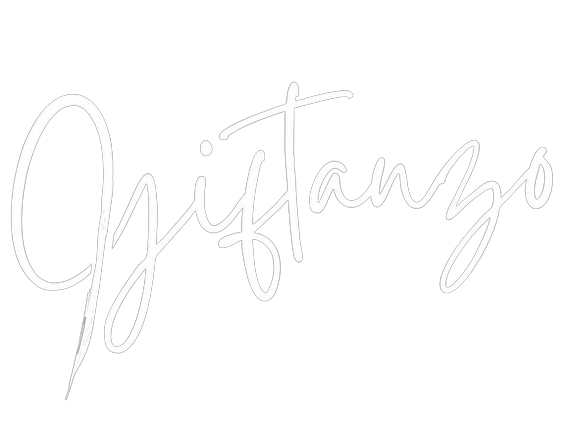
Erotic literature, also known as erotica, has been a part of human culture for centuries. From ancient Greek and Roman texts to modern-day novels and short stories, erotic literature has evolved and adapted to the changing times while still retaining its core appeal. However, it is often misunderstood and stigmatized due to its explicit content and sexual themes. In this article, we will explore the history, artistry, and cultural significance of erotic literature.
Erotic literature is a genre of literature that explores human sexuality and desire in a written format. It can range from romantic and sensual descriptions to graphic and explicit depictions of sexual acts. While some people may associate erotica with pornography, there are significant differences between the two. Pornography is primarily focused on the visual representation of sexual acts, while erotica emphasizes the emotional and psychological aspects of sexual desire and attraction.
The history of erotic literature can be traced back to ancient civilizations filme pentru adulți hd such as Greece and Rome. Some of the earliest examples of erotic literature include the Greek poems “The Contest of Hera and Aphrodite” and “The Judgment of Paris,” as well as the Roman novel “The Golden Ass” by Apuleius. Erotic literature continued to flourish during the Renaissance and Enlightenment periods, with works such as “The Lover’s Dialogue” by Leone Ebreo and “Fanny Hill” by John Cleland.
One of the reasons why erotic literature has endured throughout history is its ability to explore complex and often taboo subjects related to human sexuality. Erotic literature can challenge societal norms and push boundaries, providing a safe space for readers to explore their own desires and fantasies. It can also serve as a form of sexual education, teaching readers about different forms of sexual pleasure and consent.
However, erotic literature is not without its controversies. Some critics argue that it can promote harmful stereotypes and objectify women. Others argue that it can desensitize readers to violence and sexual aggression. While these are valid concerns, it is important to note that erotic literature is a diverse genre with a wide range of themes and perspectives. It is possible to find erotic literature that challenges harmful stereotypes and promotes healthy, consensual sexual relationships.
One of the key elements that distinguish erotic literature from pornography is its artistry and literary value. Erotic literature often employs beautiful and evocative language, drawing readers into a world of sensuality and desire. It can also explore complex themes such as power dynamics, identity, and desire. Some of the most renowned authors in history, such as Anaïs Nin, D.H. Lawrence, and Marguerite Duras, have written erotic literature, demonstrating the genre’s potential for artistic expression.
In recent years, erotic literature has experienced a resurgence in popularity, thanks in part to the success of books such as “Fifty Shades of Grey” by E.L. James. However, it is important to note that not all erotic literature is created equal. While some books may prioritize sensationalism and shock value over artistic merit, others offer a thoughtful and nuanced exploration of human sexuality.
In conclusion, erotic literature is a legitimate form of art and expression that has been a part of human culture for centuries. It can explore complex and often taboo subjects related to human sexuality, challenge societal norms, and provide a safe space for readers to explore their own desires and fantasies. While it is important to be mindful of the potential controversies and pitfalls of the genre, it is also essential to recognize its artistic value and cultural significance.


